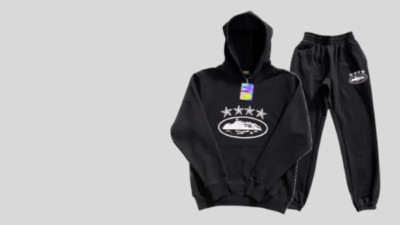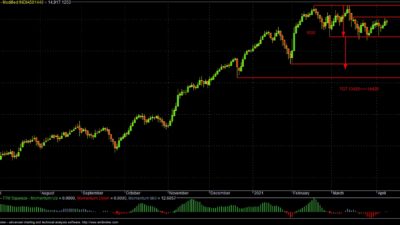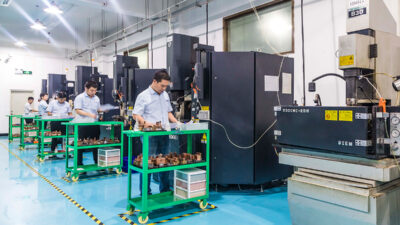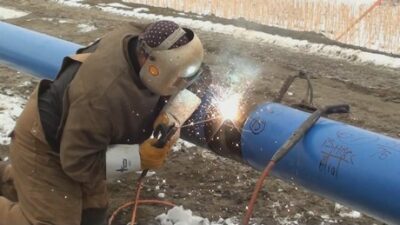Samurai swords date from the Edo Period and even further back to the Kamakura Period in Japan. Samurai swords were designed with a curved blade and long grip and were known as “two-handed swords”. Real samurai sword was traditionally made from tamahagane steel that was folded and tempered by sword smiths. The sword smith’s ham on is formed during the forging process and revealed only after the blade has been polished.
A 2,600-year-old tradition makes our samurai swords in the sword-smiting town of Dongguan in the mountains of Qinxi. Hand-forged swords are designed with the utmost care and attention to detail. For all of our swords, we use high-quality steel and durable materials, creating works of art that are strong and beautiful. Samurai swords are steeped in the traditions of honor, pride, and power. We offer a wide variety of samurai swords, making it easy to find the one that reflects your personality and spirit.
Where to buy real samurai swords?
In addition to odachi and wakizashi, we stock a wide variety of samurai swords. You can create your very own custom sword with us if you’re looking for something completely unique. By providing pictures, a simple checkout process, and excellent customer service, Swords of Northshire makes it easy to find the perfect katana. Hand sharpening can be done on request or swords can remain unsharpened. You can personalize your sword for free, so that it is truly yours. Select your samurai sword wisely from our selection.
How Samurai Swords Are Made?
High-carbon steel and low-carbon steel are used in the fabrication of authentic katana Samurai swords. Steel with a high carbon content is extremely hard, making edges sharp. Low-carbon, on the other hand, is strong and durable, allowing for shock absorption. Both types of steel work together to make authentic battle-ready katana swords, which would be ineffective if made from one type of steel.
FAQ’s
- What Does a Samurai Sword Cost?
It is estimated that the cost of a genuine katana sword will range between $4K and $10K.
- What Is a Samurai Sword?
- Before we look at how sharp is a 2 sword samurai, let’s get the basics straight. Japanese swords have been in production since the Kofun period (300–538 AD), but the modern Japanese swords, featuring the curved blade, were not made until several centuries later.
- What Can a Samurai Sword Cut Through?
A katana is sharp enough to cut through soft metal objects, but can bend or break when striking a sturdy target (difficult cuts require skill). You should stick to cutting pineapples and plastic bottles until you reach the next level!
- Why are samurai swords so sharp?
Japanese katanas are renowned for their incredible strength and cutting abilities. Through repeated folding of the metal up to a dozen times, Japanese sword smiths were able to refine and purify the blade’s make-up by using native Japanese steel, known as Tamahagane.
- How heavy is a real samurai sword?
Katana Specifications Mass 1.1-1.5 kg Blade length approximately 30 cm. The blade has a curve and is single-edged with a length of 60–80 cm.
- Should a sword be razor sharp?
The sharpness of swords changed as warfare changed in the late middle ages. There were many swords that were not razor-sharp, but this does not imply that they did not exist – razor edges are brittle and difficult to maintain, but medieval swords could always be sharpened after being blunted.
Some of the best Samurai swords to purchase from Yoyoknives
- Hand Forged Samurai/Katana Sword
- Handmade Katana / Samurai Sword
- Handmade Tachi / Samurai Sword
- Sunset Samurai Tachi Sword
Before the development of the katana, this sword was carried by the samurai class of feudal Japan during the Katana period. With a sheath that’s orange lacquered and detailed with intricately wrapped, our Samurai Sword is designed to be worn with the cutting edge down. Traditionally wrapped in brown cord and faux ray skin, the 28 1/2″ blade is hand-forged of 1045 high carbon steel. A decorative metal alloy looks like a pewter, which contrasts elegantly with the brass. The sheath also features metal alloy decorative accents in pewter colors that complement the design of the sword.










